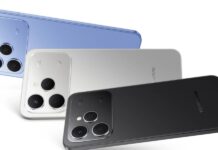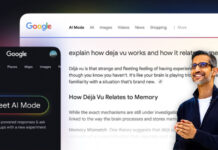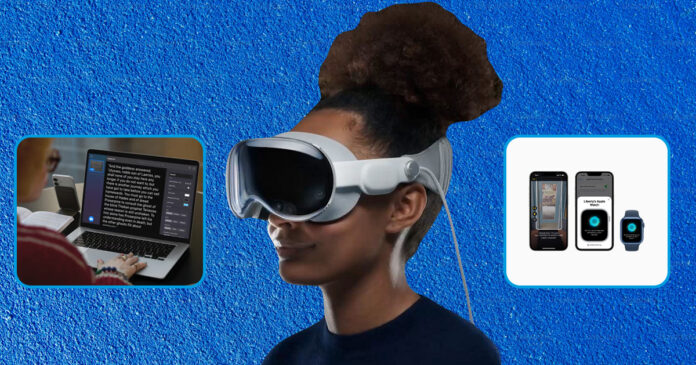Tech giants are now aligning themselves with people of all abilities, trying to make themselves easily accessible. Apple has revealed a revolutionary new range of accessibility tools specifically for users who are visually and hearing impaired, reaffirming its mission to make technology more inclusive. Revealed on the eve of Global Accessibility Awareness Day, the new features include live captions, braille support, voice duplication, and screen magnification on iPhone, iPad, and Mac products.
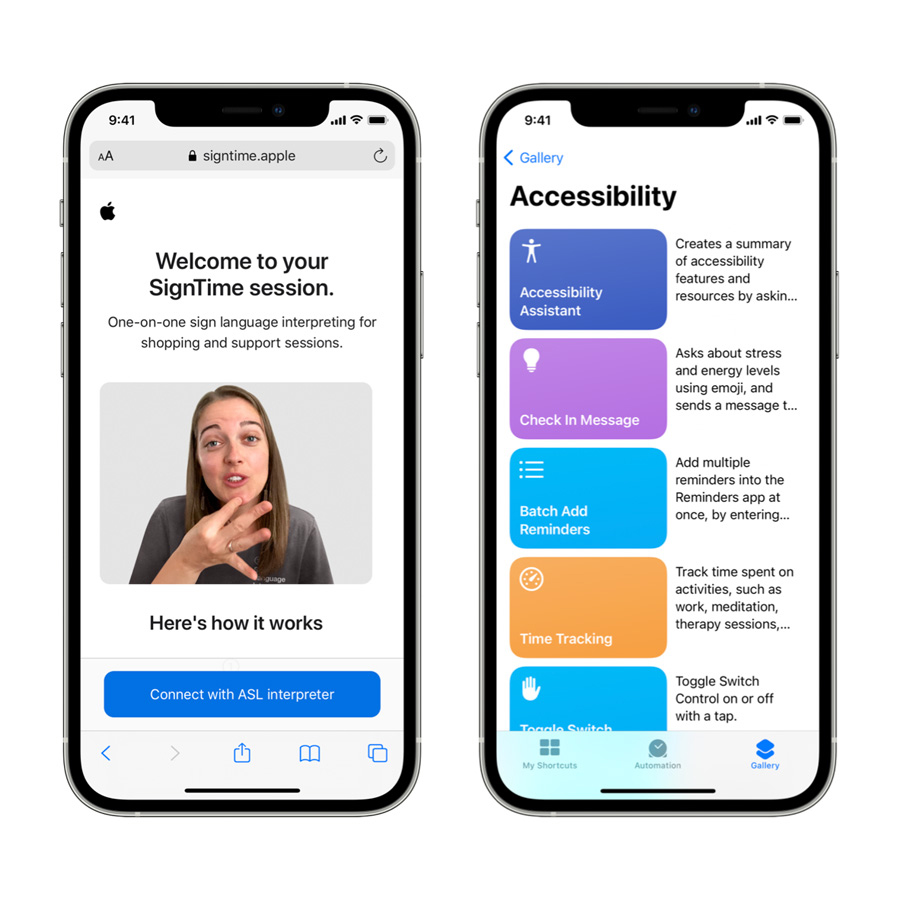
Accessibility: Built-In, Not Add-On
Apple’s Senior Director of Global Accessibility Policy, Sarah Herrlinger, underscored that accessibility is not something that Apple can afford—it’s the norm.
“All of this is open to you straight out of the box at no extra cost,” Herrlinger said. “It’s more cost-effective for users to have several tools integrated into one device instead of purchasing individual aids.”
Apple devices now come with a new feature named “Personal Voice,” which enables users whose speech is at risk of being lost to recapture their own voice by simply using 10 recorded phrases. The feature is fully on-device, providing both control and privacy.
Powerful Features for Everyday Use
For those with weaker eyesight, Apple has added screen magnification to Macs and iPhones. Zooming in on physical objects such as whiteboards and presentations is now possible with users having the ability to customise contrast, brightness, and colour.
Braille support has also been greatly improved, with the addition of note-taking, mathematical input in Nemeth braille, and better device compatibility.
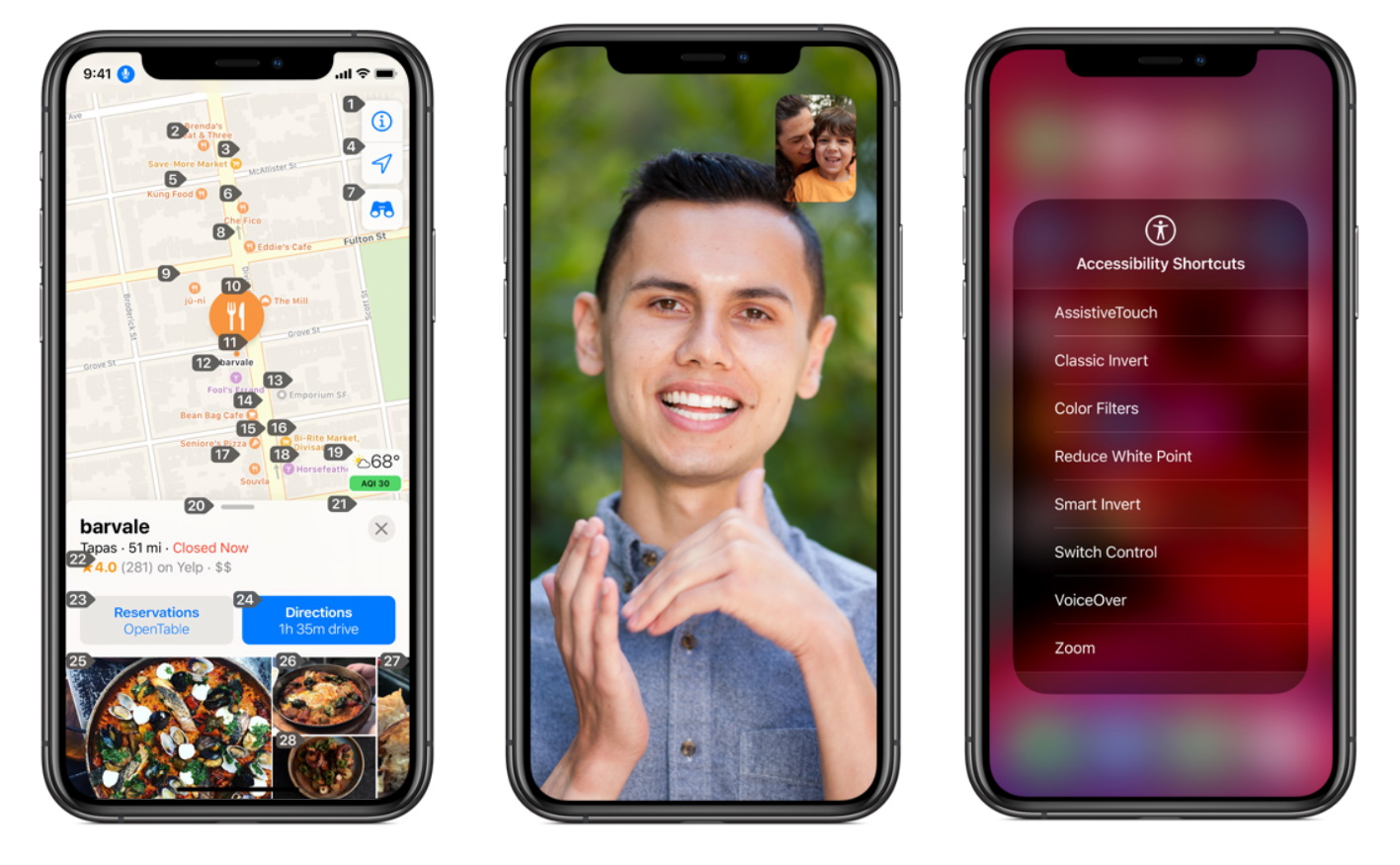
Individuals who are hearing-impaired will also get a boost from Live Listen, which enables AirPods to act as hearing aids by boosting sound in public places such as auditoriums or classrooms. This is an extension of an earlier update that made AirPods assistive listening devices.
App Stores Get Accessibility “Nutrition Labels”
In a significant policy change, developers must now include accessibility nutrition labels on their apps. The labels will tell users whether an app is compatible with VoiceOver, large text, voice control, or other inclusive features.
“It gives developers a real chance to get it, to really get what it means to be accessible,” Herrlinger said.
Impact Beyond Tech
Vision Australia’s blind Chris Edwards praised the move. “This is not just about convenience. It’s about inclusion,” he said.
There is no doubt that the Apple accessibility tools will create a massive impact on the life of users who wish to be included.
Stay tuned to Brandsynario for latest news and updates



















